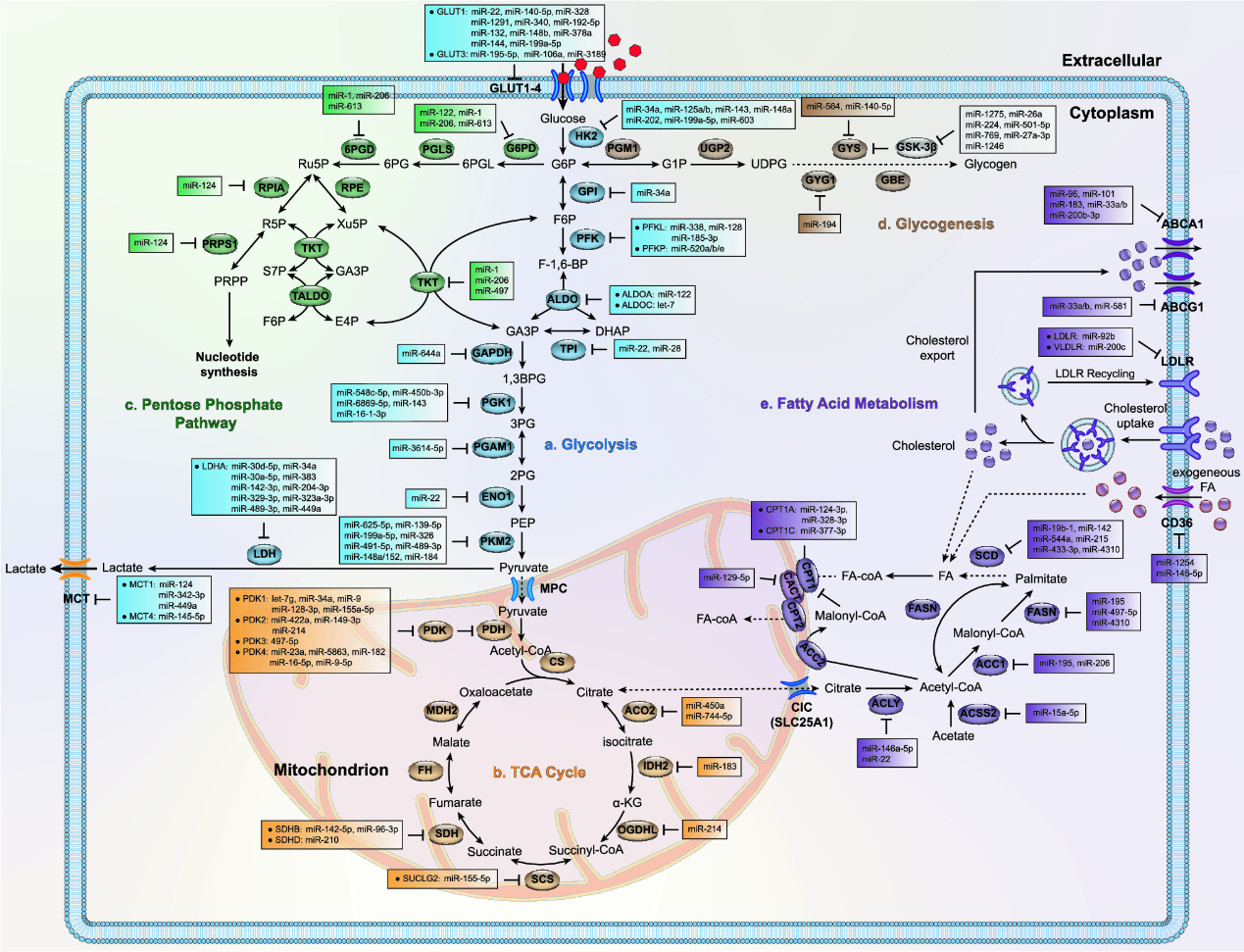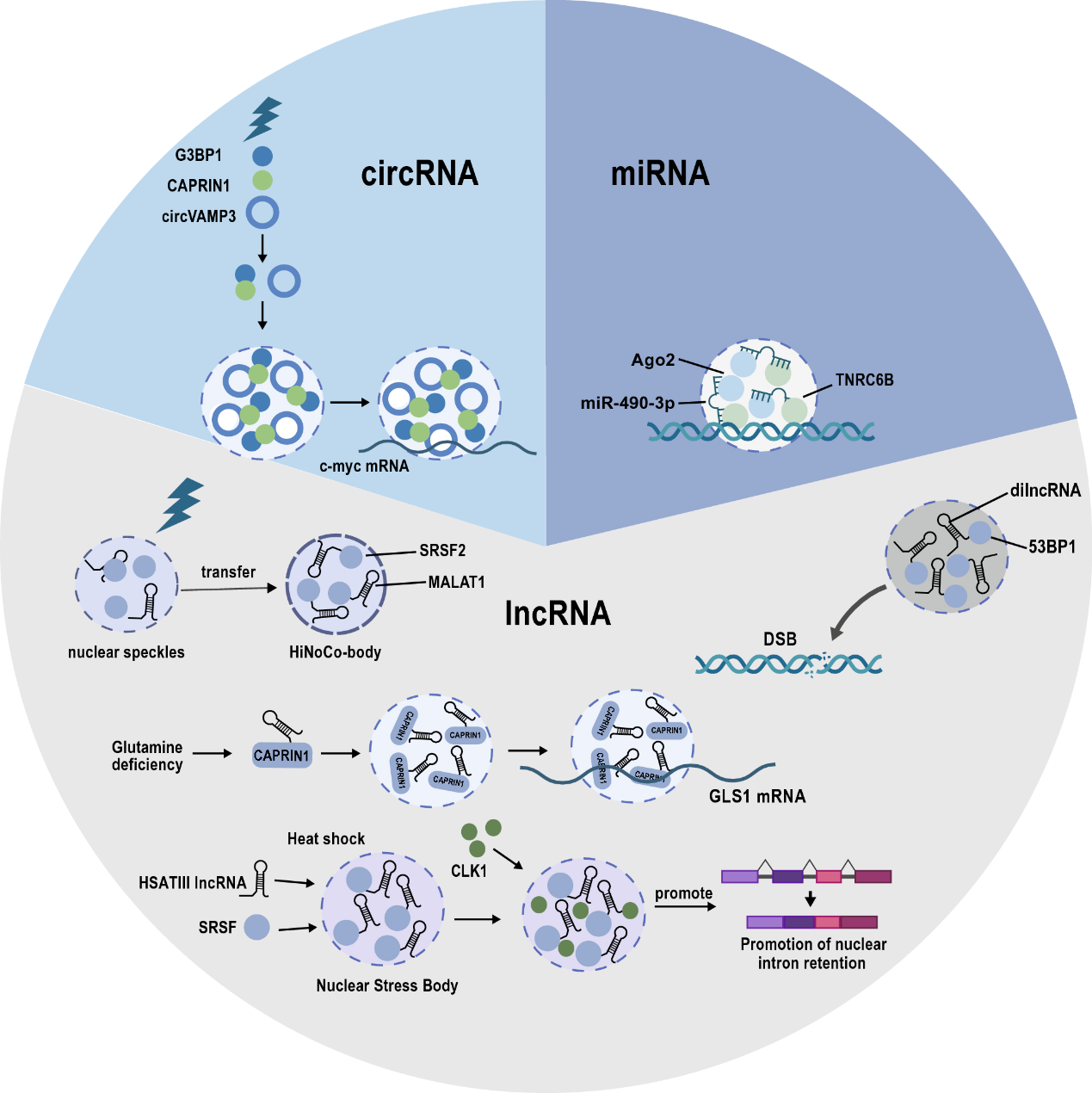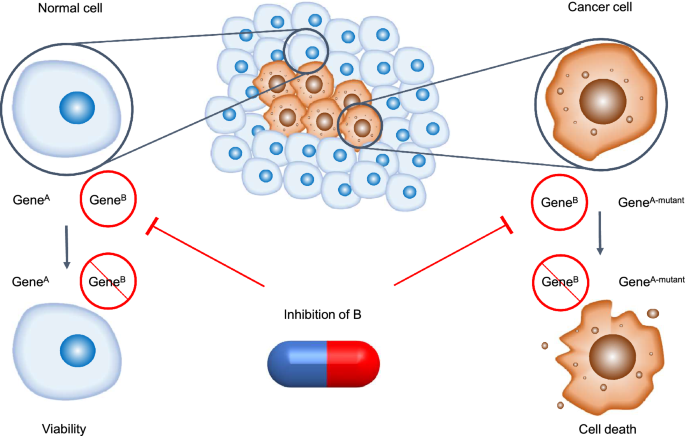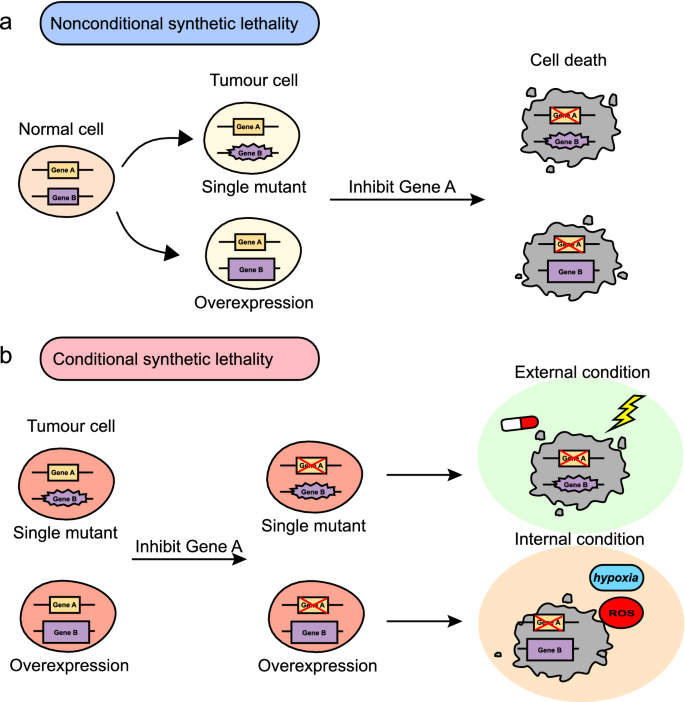Genome Instability & Disease Volume 4. Issue 2 简介
Dear colleagues,
We are pleased to announce the publication of GIAD Volume 4 Issue 2, which is a special issue on “Non-coding RNAs & Chromatin Biology”. This issue has been edited by Professors Mian Wu (University of Science and Technology of China, China), Zhou Songyang (Sun Yat-sen University, China) and Lei Shi (Tianjin Medical University, China).



Below, we provide brief summaries of the published articles.
1. MicroRNA-mediated reprogramming of glucose, fatty acid and amino acid metabolism in cancer | Jie Ding, Yifan Wen, Xu Yuan & Xianghuo He
Cancer cells can readily rewire their metabolic pathways to support energy-intensive activities, such as rapid proliferation and migration. But how do they achieve this? Recent attention has been drawn to microRNAs (miRNAs), which have known roles in regulating post-transcriptional gene expression and gene silencing. In this review, Prof. Xianghuo He and colleagues (School of Medicine of Fudan University, China) summarize what we know thus far about the miRNA-mediated regulation of glucose, fatty acid, and amino acid metabolism in cancer cells. They specifically outline the roles of different miRNAs that target key enzymes, transporter proteins and nuclear receptors to manipulate cancer cell metabolism. Their hope is that advances in this area will allow us to leverage miRNAs in novel anti-cancer therapies.

Fig.1 MiRNA-mediated regulation of glucose and fatty acid metabolism in cancer.
microRNAs(miRNAs)能够直接沉默特定基因的表达,参与癌症的代谢重编程调控,因而成为研究热点。在这篇综述里,来自复旦大学医学院的何祥火教授向我们总结了miRNAs在糖代谢,脂肪酸和氨基酸代谢方面的调控作用,使我们更深入地了解miRNA在肿瘤发生和发展中的重要性。

何祥火教授
全文链接:https://link.springer.com/article/10.1007/s42764-022-00078-x
2. Drops in the cell ocean: new roles for non-coding RNAs in liquid–liquid phase separation| Mingyue Li, Rick F. Thorne, Xu Dong Zhang, Mian Wu & Song Chen
There are numerous membrane-less organelles and substructures in the cell nucleus and cytoplasm that have important roles in signal transduction and the cellular stress response. These structures contain RNA–protein (RNP) condensates that form during liquid–liquid phase separation (LLPS), which is catalyzed by non-coding RNAs. In this review, Professors Mian Wu and Chen Song and their colleagues (University of Science and Technology of China) explain how microRNAs, long non-coding RNAs, and cyclic RNAs regulate phase separation in different LLPS-derived structures. They highlight how phase separation might be involved in mediating diseases such as cancer, and the speculate on the research questions we need to address in order to leverage RNA-driven phase separation in developing new cancer treatments.

Fig.2 The role of non-coding RNAs in liquid–liquid phase separation.
存在于细胞核和细胞质的无膜细胞器以及相关的亚结构在信号转导和应激反应中起重要作用。这些无膜细胞器及相关亚结构的本质是液-液相分离(LLPS)过程形成的RNA-蛋白质(RNP)缩合物。在这篇综述里,来自中国科技大学的吴缅教授和郑州大学的陈松教授向我们介绍了微小RNA、长非编码RNA和环状RNA如何对不同LLPS结构中的相分离进行调节,使我们更为深入地了解相位分离在癌症等疾病中的重要作用。

陈松教授

吴缅教授
全文链接:https://link.springer.com/article/10.1007/s42764-022-00091-0
3. Pan-cancer pseudogene RNA analysis reveals a regulatory network promoting cancer cell proliferation| Mengbiao Guo, Jingkai Zhang, Qiaoling Liang, Jianxi Zhu, Qi Wang, Zhengwen Fang, Zhou Songyang & Yuanyan Xiong
Non-coding genes can transcribe long non-coding RNAs (LncRNAs), which can in turn regulate mRNA levels as competitive endogenous RNA (ceRNA) to influence cancer progression. Here, Songyang Zhou and colleagues (Sun Yat sen University, China) share their systematic pan-cancer analysis of pseudogene ceRNA networks. The researchers collected >9,000 pseudogenes and constructed ceRNA networks for 14 cancer types. They found that pseudogenes in the ceRNA network are the most cancer type specific, with ~20% of cePCG being cancer marker genes, thus supporting the close relationship between pseudogenes and cancer. As an example, they saw that the ceRNA ZNF252P/AL390726.5 (pseudogenes)–miRNAs–sESR1 subnetwork might enhance MYC proto-oncogene activity in BRCA breast cancer, and functionally verified the carcinogenic effect of these two pseudogenes. The researchers hope that their newly created database will prove to be a useful resource to encourage more research into the roles of pseudogenes in cancer.

Fig. 3 The pseudogene–estrogen receptor ceRNA subnetwork regulates MYC in breast cancer.
缺乏蛋白质编码能力的基因过去被认为不具备功能而被称为假基因。实际上假基因可以转录长非编码RNA(LncRNAs),以竞争性内源RNA(ceRNA)的方式调节mRNA水平,进而影响癌症的发展和调控。因此有必要对假基因ceRNA网络进行系统的泛癌分析。来自中山大学的松阳洲实验室收集了9455个假基因,并构建了14种癌症的ceRNA网络。他们发现ceRNA网络中的假基因是最具癌症类型特异性的,并且 ~ 20%的cePCG是癌症的标志性基因,支持假基因与癌症之间的密切关系。他们还发现在乳腺癌症(BRCA)中,ZNF252P/AL390726.5(假基因)-miRNAs-ESR1的ceRNA子网络可能会增强原癌基因MYC,并验证了这两个假基因的致癌作用。该发现为更多的癌症假基因研究提供了参考。

松阳洲教授
全文链接: https://link.springer.com/article/10.1007/s42764-023-00097-2
4. Exploring the DNA damage response pathway for synthetic lethality| Xin Xu, Somaira Nowsheen & Min Deng
Genomic instability due to the accumulation of DNA mutations, is a hallmark of cancer. Mutations and genetic errors that affect the DNA damage response (DDR) in particular, can have a profound effect. In this review, Min Deng and colleagues from the National Cancer Clinical Research Center, China, introduce the concept of synthetic lethality, in which the simultaneous occurrence of two genetic events can lead to cell death. They discuss how DDR genes are high risk targets of synthetic lethality. They outline the development of a synthetic lethality screening strategy, and highlight the latest advances in research targeting synthetic lethality related to the DDR in cancer.

Fig. 4 The conceptual framework of synthetic lethality. In normal cells, a single genetic event is compatible with cell viability (left). In cancer cells containing various mutations, the occurrence of multiple genetic events leads to cell death (right). The capsule represents corresponding inhibitor administration.
两个维持细胞活力的遗传事件同时发生导致细胞死亡的情况,被称为合成致死率或合成杀伤性(SL)。DNA损伤反应(DDR)过程中,由于DNA突变的积累,基因组不稳定是癌症的标志,因此DDR是合成致死重要的靶标之一。在这篇综述里,来自国家癌症临床研究中心的邓敏研究员及同事向我们重点介绍合成杀伤性的概念、战略,帮助我们了解该领域的最新发展。
全文链接:https://link.springer.com/article/10.1007/s42764-022-00087-w
5. Synthetic lethality in personalized cancer therapy | Ying Pang, Meng Cheng, Mu Chen, Kaijun Zhao, Yuanyuan Yin, Min Liu, Jing Zhang & Chunlong Zhong
Interest in leveraging synthetic lethality as a new approach to target cancers characterized by mutations in the DNA damage response pathway, has been building in recent years. In this review, Jing Zhang, Chunlong Zhong and colleagues from Tongji University School of Medicine, China, summarize the mechanisms of synthetic lethality and outline the synthetic lethal interactions that might constitute effective anti-tumor strategies. They focus on the mechanisms of synthetic lethality at the level of cell signaling pathways, cell cycle regulation, and metabolic and epigenetic regulation.

Fig. 5 Classification of synthetic lethality: Synthetic lethality is divided into nonconditional and conditional synthetic lethality.
合成杀伤性(SL)概念的提出,使一些此前不被认为是靶点的基因,成为潜在的癌症基因治疗靶点。在这篇综述里,来自同济大学医学院的张晶研究员和钟春龙教授团队向我们总结了合成致死性的系统分类及其机制,包括细胞信号通路、细胞周期调节、代谢和表观遗传学上的调节,帮助我们加深对合成杀伤机制的理解。

张晶研究员

钟春龙教授
全文链接:https://link.springer.com/article/10.1007/s42764-022-00080-3








用户登录
还没有账号?
立即注册